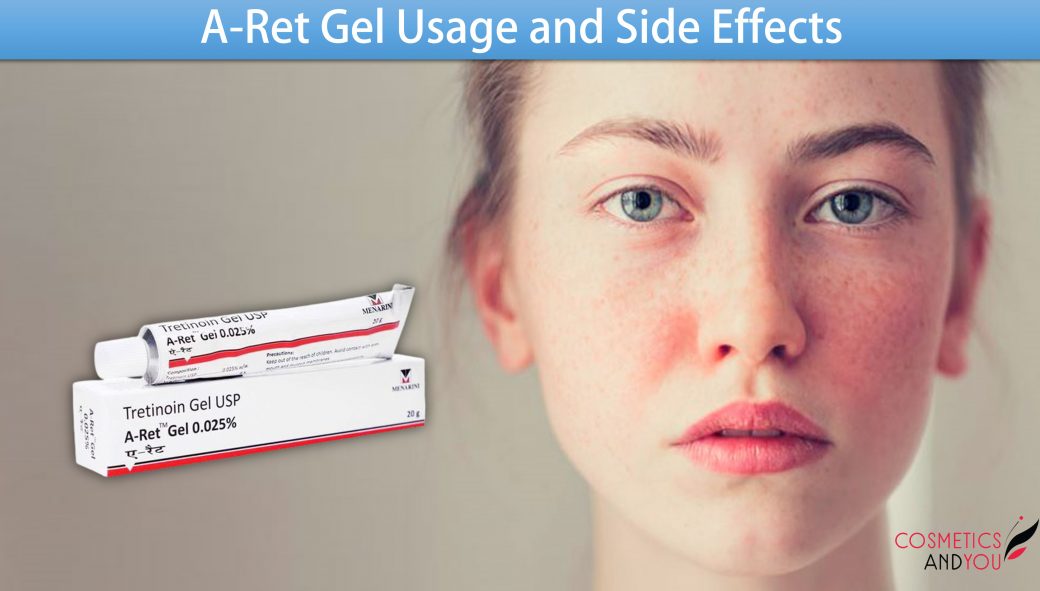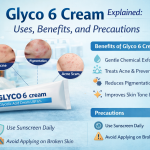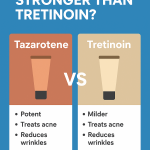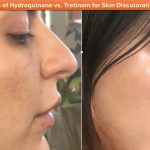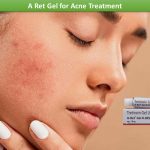Are you still experiencing the effects of oily skin or unappealing acne? Over the years, a trade secret has hit the entire drug market. Since its breakout years ago, A Ret Gel has been a key ingredient in effective skin treatments.
A Ret Gel contains the active ingredient Tretinoin, which has been proven to reduce the appearance of acne, fine wrinkles, wrinkles, enlarged pores, and even skin discoloration effectively. It is important to note that this formulation offers short-term results. It is strongly recommended to wear a physical sunscreen while using Tretinoin gel as they are popular to cause photosensitivity. This is important because it makes your skin more susceptible to photo-aging.
What are the benefits of using A Ret Gel (Tretinoin gel)?
Tretinoin is crucial in treating acne because it can inhibit the formation of micro-comedones and inflammatory lesions. Acne is a common disease affecting 80 to 85% of adolescents worldwide, and around 15 to 30% require intense medical treatment. Tretinoin recommendation is useful in obtaining the best results in most cases of acne vulgaris.
The dermatologist has consistently prescribed tretinoin treatment for most patients with acne. The efficacy is based on evidence from research studies that the drug has a working mechanism that directly targets acne and reduces its appearance. Tretinoin effectively controls acne breakouts because it is active against comedones and inflammatory lesions. It has been a mainstay of acne treatment for 25 years. The drug is supplied in different concentrations, including 0.025%, 0.05%, and 0.1%. All are effective as single agents for treating mild to moderate acne, but their efficacy and tolerability differ. Tretinoin contains retinoids that are the core of topical therapy for acne because they are comedolytic, anti-inflammatory, and allow stubborn acne for skin clearance.
How Does a Ret Gel Work?
Tretinoin 0.1% prevents the re-appearance of whiteheads, blackheads, pimples, and other skin disorders by blocking the hardening process of the outer layer of the skin. It also facilitates the shedding of old skin cells to promote the formation and growth of new ones. It also improves skin pigmentation by speeding up melanin elimination processes. Once we combine all these effects, we get an amazing product that speeds up skin cell turnover and clears up blackheads, whiteheads, pimples, and other acne symptoms that could be hard to eliminate under normal circumstances.
How to use A Ret Gel?
- Always use this medicine as per your dermatologist’s instructions.
- Apply A ret gel to the affected area once a day, preferably in the evening or before bed.
- Wash the entire face with warm, soapy water or a soap-free cleanser, then rinse with water.
- Remove all cosmetics before applying the Tretinoin cream.
- Squeeze a small quantity (a quarter inch or less) of the medicine onto your fingertip. It would be enough to cover the affected area.
- Wash your hands immediately after using the A Ret 1 Gel
- Do not apply near the eyes, mouth, and other mucous membranes.
What are the side effects?
Tretinoin users often experience scaling, redness, itching, burning, or irritation. Therefore, it is best to use the lowest possible strength of Tretinoin and gradually increase the strength as your skin adapts to the excessive amounts of vitamin A. Furthermore, patients must use A Ret Gel on their skin to avoid direct sunlight, which may increase the risk of extreme sunburn.
Also, ensure you do not use hair removal procedures such as waxing or laser treatments while using any topical product containing Tretinoin. This is because the top layer of skin will become very sensitive after using a retinoid and most likely come off with the hair due to thinning and extra sensitivity. If you use traditional hair removal techniques while using A Ret Gel, consult your dermatologist to determine if you should discontinue the hair removal procedure.
Conclusion
A Ret Gel is widely used in skin medication and plays a key role in treating skin issues, not just limited to acne. These are used as the first-line treatment for many skin conditions, and the treatment regime should be based on the individual’s condition. Tretinoin .01 gel should be best used under a dermatologist’s supervision. Results may vary; some individuals may experience better effects than others with retinoid therapy. It is important not to forget that overuse could contribute to chronic skin dryness, discoloration, and irritation.
If you experience these side effects, immediately speak to your dermatologist. Appropriate use may minimize its irritative effects.

